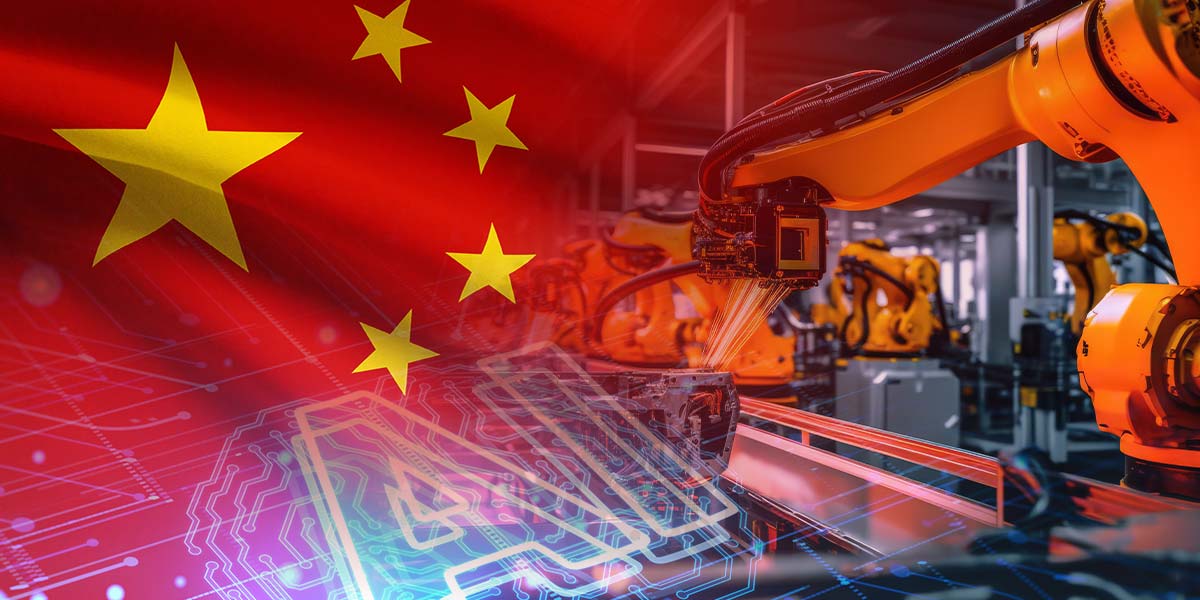China’s leading artificial intelligence companies have launched two major industry alliances, in a concerted move to develop homegrown technology ecosystems and minimize reliance on foreign hardware, as U.S. export curbs continue to restrict access to Nvidia’s advanced chipsets.
Timed with the close of the three-day World Artificial Intelligence Conference (WAIC) in Shanghai, these alliances are designed to accelerate collaboration across the domestic AI supply chain—from chip development to applications and infrastructure.
The first, dubbed the “Model-Chip Ecosystem Innovation Alliance,” brings together prominent Chinese large language model (LLM) developers and AI chipmakers.
Companies such as Huawei, Biren, Moore Threads, and Enflame—several of which have been blacklisted by Washington—seek to bridge the entire AI value chain. Zhao Lidong, CEO of Enflame, described the initiative as an innovative ecosystem connecting the full technology chain from chips to models to infrastructure.
A second consortium, organized under the Shanghai General Chamber of Commerce AI Committee, will focus on integrating AI into industrial upgrades. Founding members include LLM developers StepFun and MiniMax, GPU manufacturer Metax, AI chipmaker Iluvatar CoreX, and facial recognition-to-LLM pioneer SenseTime, also under U.S. sanctions.
The conference spotlighted competition with American tech, most notably showcasing Huawei’s CloudMatrix 384 system, which uses 384 proprietary 910C chips and, according to SemiAnalysis, can outperform Nvidia’s top-tier GB200 NVL72 on certain AI computing benchmarks.
SemiAnalysis credited Huawei’s system-level design for leveraging high-volume chip “clustering” to compensate for weaker individual chip performance. Multiple Chinese firms—including Metax, which demonstrated an AI supernode with 128 C550 chips—unveiled similar approaches, targeting large-scale, liquid-cooled data centers.
Amid the drive for ecosystem independence, major internet groups unveiled new AI-powered consumer products.
Tencent introduced Hunyuan3D World Model 1.0, an open-source tool to generate interactive 3D content from text or images. Baidu announced upgraded “digital human” technology, offering rapid generation of virtual livestreamers using just ten minutes of sample video to fully clone a human’s likeness, voice, and gestures.
Alibaba showcased its Quark AI Glasses, powered by the Qwen AI model and set to debut in China by end-2025. The wearable will support navigation using Alibaba Maps and enable Alipay transactions via QR codes executed by voice.





